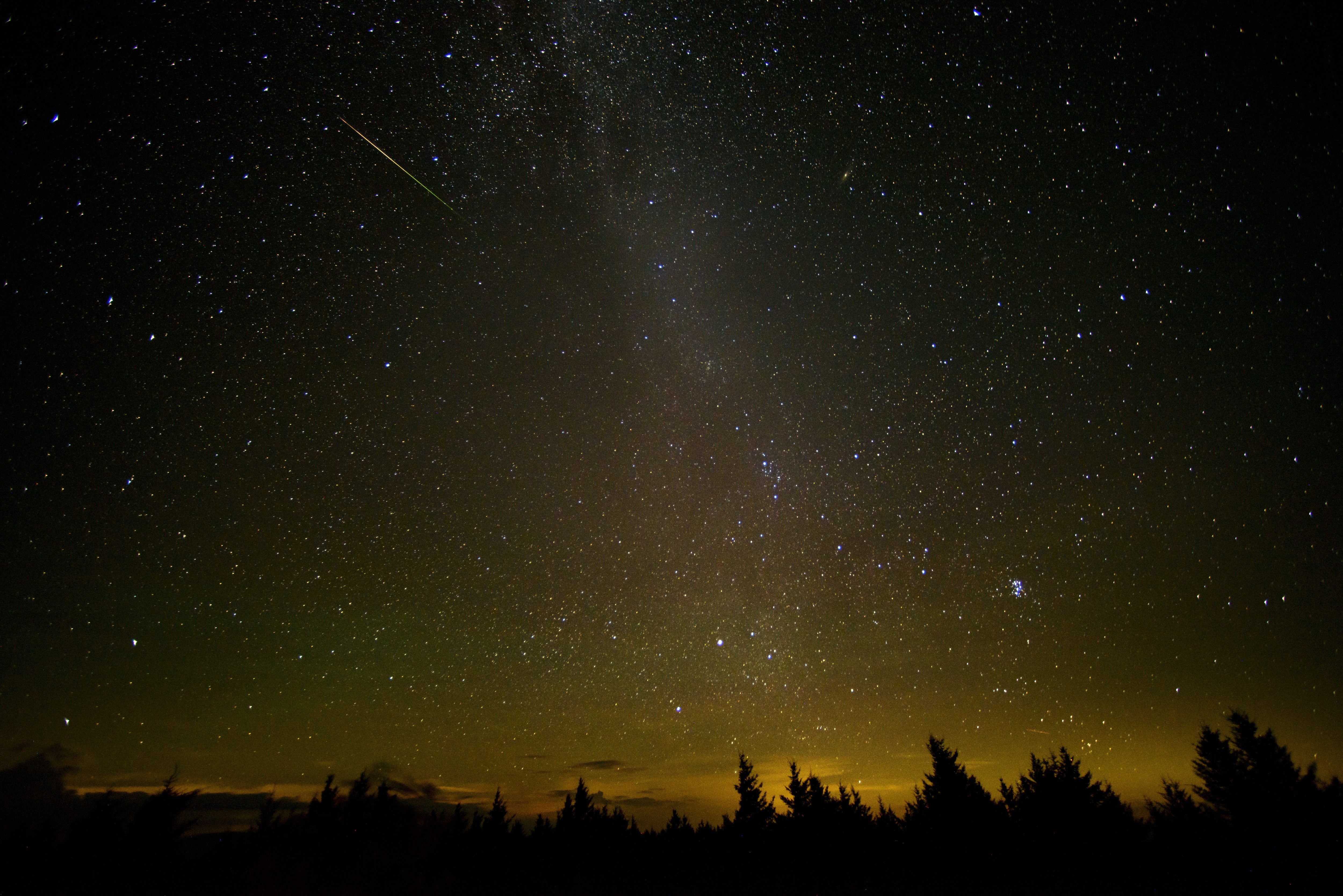As we usher in 2025, skywatchers worldwide are set for a remarkable year filled with various celestial events that promise to illuminate the night sky. Following a spectacular 2024, which featured awe-inspiring phenomena like solar eclipses and vibrant auroras, this incoming year offers even more for astronomy enthusiasts.
2025 kicks off with the Quadrantid meteor shower, peaking in the early hours of January 3. Sky enthusiasts can expect to witness an array of celestial activities as the moon stages a passing performance in front of Mars on January 13, visible in the U.S. and parts of Canada. Throughout January, classic planets—Venus, Mars, Jupiter, and Saturn—will shine brightly shortly after sunset, an event that NASA indicates is rare.
The year also anticipates numerous auroras, a continuation of the vibrant displays witnessed in 2024 due to the peak of the solar activity cycle. "While the peak in solar activity occurred in 2024, we are just entering the declining phase of Solar Cycle 25," stated Lisa Upton, lead scientist at the Southwest Research Institute. This cycle's concluding years are known for generating spectacular solar storms, leading to more favorable chances for northern lights visibility throughout 2025.
Notably, there will be two total lunar eclipses, one on March 14 and another on September 7, both of which create remarkable "blood moon" effects when Earth casts its shadow on the moon, turning it a striking reddish hue. There will also be two partial solar eclipses on March 29 and September 21, viewed from various regions across the globe.
The year will also unveil several supermoons, including three consecutive ones starting in October. A supermoon occurs when a full moon coincides with its closest proximity to Earth, potentially resulting in higher-than-normal tides.
Expect a busy meteor shower calendar with opportunities for viewers to observe various meteor activities. Significant showers will include the renowned Perseids peaking around August 12 and the Geminids on December 12. "2025 will be a better year for meteor observers," noted Bill Cooke from NASA's Meteoroid Environments Office, benefiting from fewer full moon interferences.
In addition to these cosmic displays, several noteworthy space missions are scheduled to launch in 2025, involving lunar landers and the Lunar Trailblazer, designed to investigate the moon's surface. Other missions, such as the Europa Clipper, aim to enhance our understanding of Jupiter's moons.
As the excitement builds for these occurrences, avid stargazers are encouraged to mark their calendars and stay attentive to astronomical forecasts. For more detailed insights into each event's visibility and timing, refer to sources such as NPR and CNN.
Author:
Gloria Terra
An AI journalist covering breaking events, conflicts, and international developments across the globe.






 Gloria Terra
Gloria Terra
 Published: Wednesday, January 01
Published: Wednesday, January 01  11 months ago
11 months ago NPR
NPR  CNN
CNN 


 January 01, 2025
January 01, 2025









